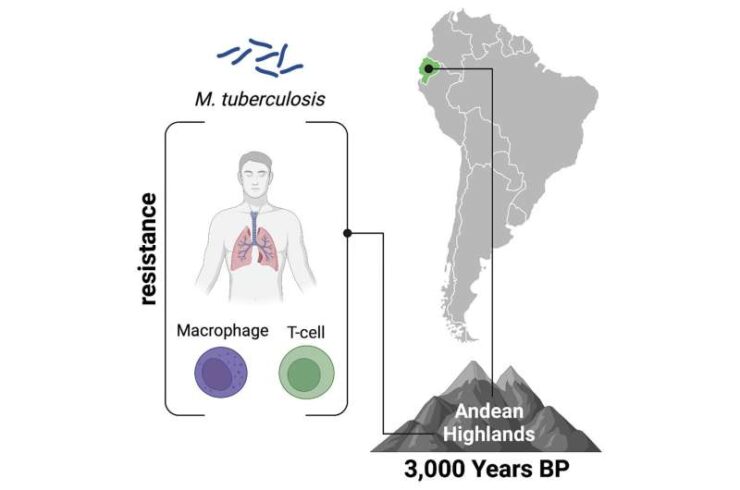For more than 9,000 years, people living in the South American Andes have evolved to survive in harsh conditions such as low oxygen, cold and hot temperatures, and harsh ultraviolet radiation. Indigenous communities in present-day Ecuador may have developed resistance to the tuberculosis bacteria thousands of years before European settlers, according to National Science Foundation reports.
The study, conducted by scientists at Emory University “We found that selection for genes involved in TB-response pathways started to uptick a little over 3,000 years ago” says first author Sophie Joseph. “That’s an interesting time because it was when agriculture began proliferating in the region. The development of agriculture leads to more densely populated societies that are better at spreading a respiratory pathogen like TB.(Tuberculosis)”
The investigators’ initial goal was to find out how Ecuador’s indigenous people adjusted to high altitude living. “We were surprised to find that the strongest genetic signals of positive selection were not associated with high altitude but for the immune response to tuberculosis, our results bring up more questions regarding the prevalence of tuberculosis in the Andes prior to European contact.” says John Lindo, senior author of the study.
Earlier studies discovered the tuberculosis bacterium in the skeletal material of 1,400 year old Andean mummies, defying certain notions that TB did not exist in South America until Europeans arrived 500 years ago.
The current study offers the first proof of a human immune system reaction to tuberculosis in prehistoric Andeans and offers hints as to when and how their genomes may have changed in response to that exposure.
Joseph “Human-pathogen co-evolution is an understudied area that has a huge bearing on modern-day public health, Understanding how pathogens and humans have been linked and affecting each other over time may give insights into novel treatments for any number of infectious diseases.” said.
Using blood samples from 15 present day Indigenous people who reside at elevations above 2,500 meters in several distinct Ecuadorian provinces, the researchers sequenced their genomes. They conducted a series of scans to look for evidence of gene positive selection in their ancestors’ past.
“Computational techniques for sequencing genomes and modeling ancestral selection keep improving,” Joseph says. “The genomes of people living today give us a window into the past.”
